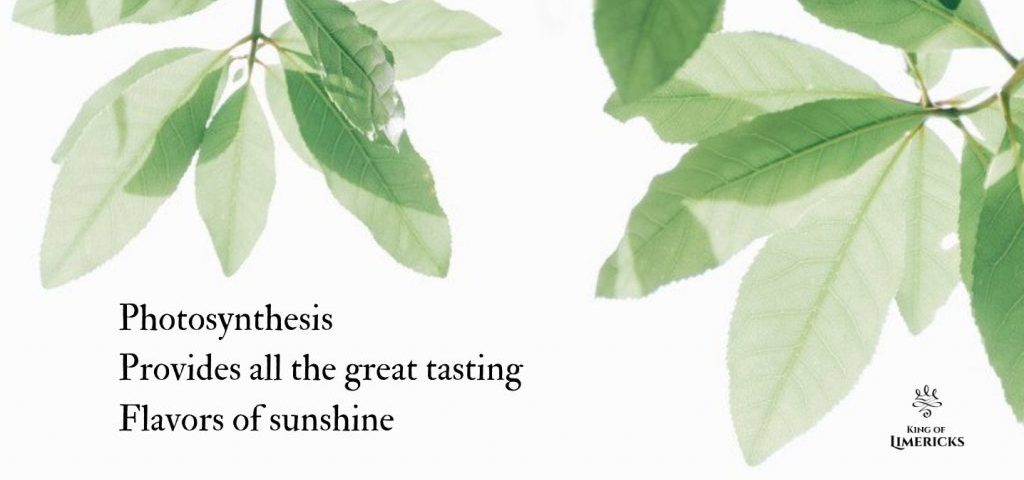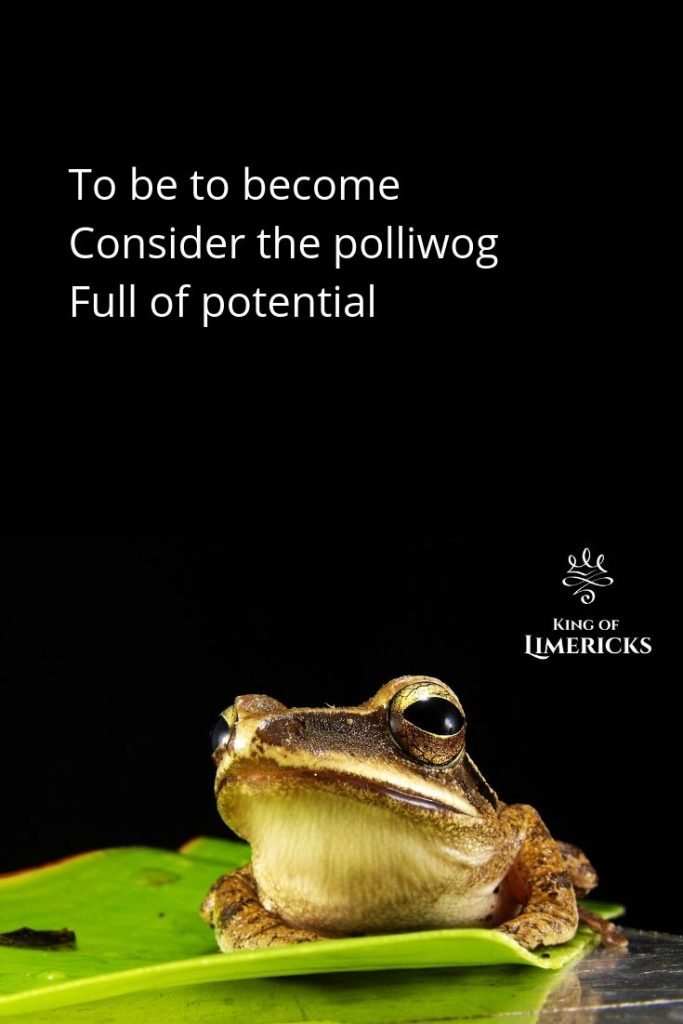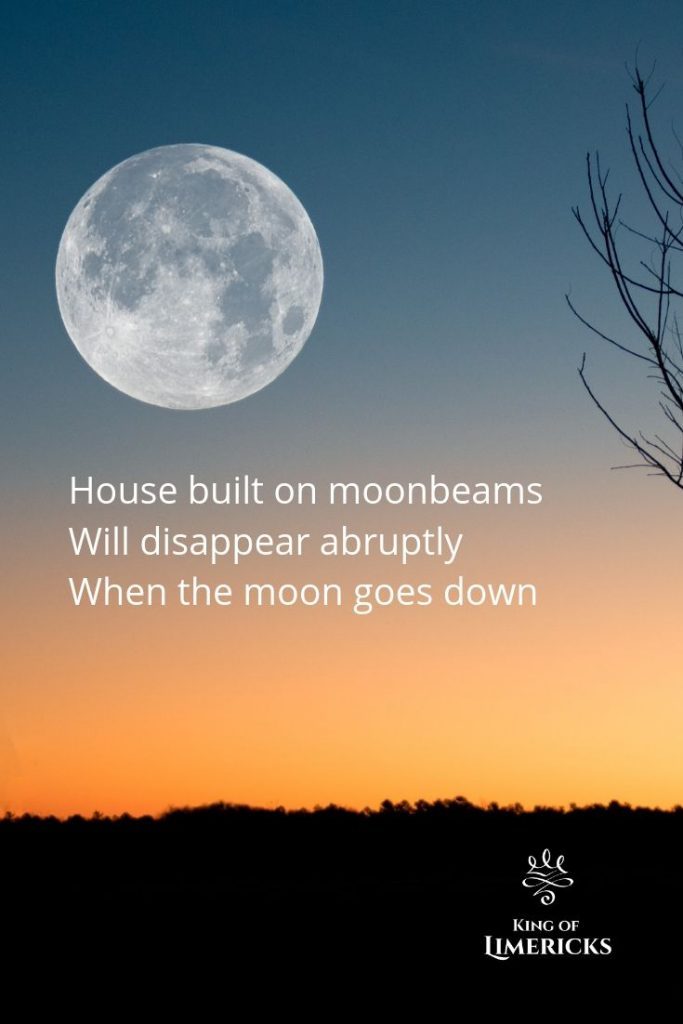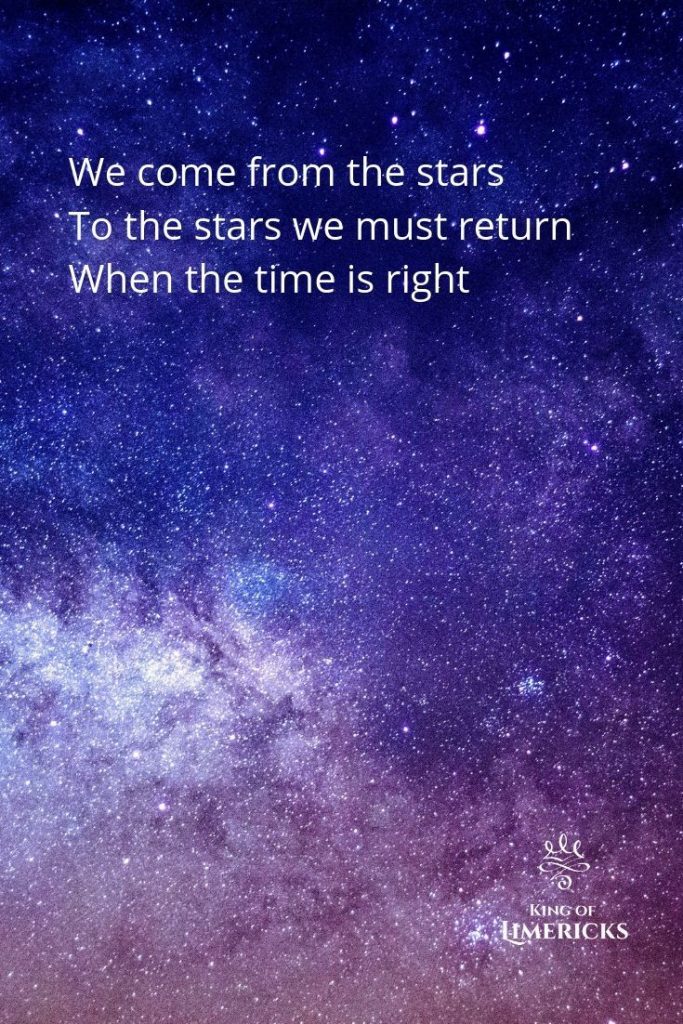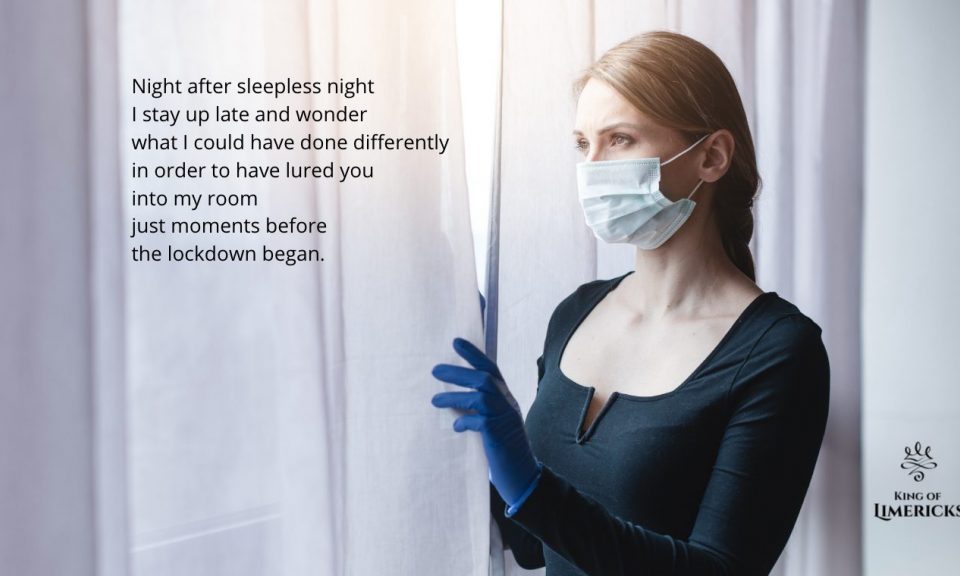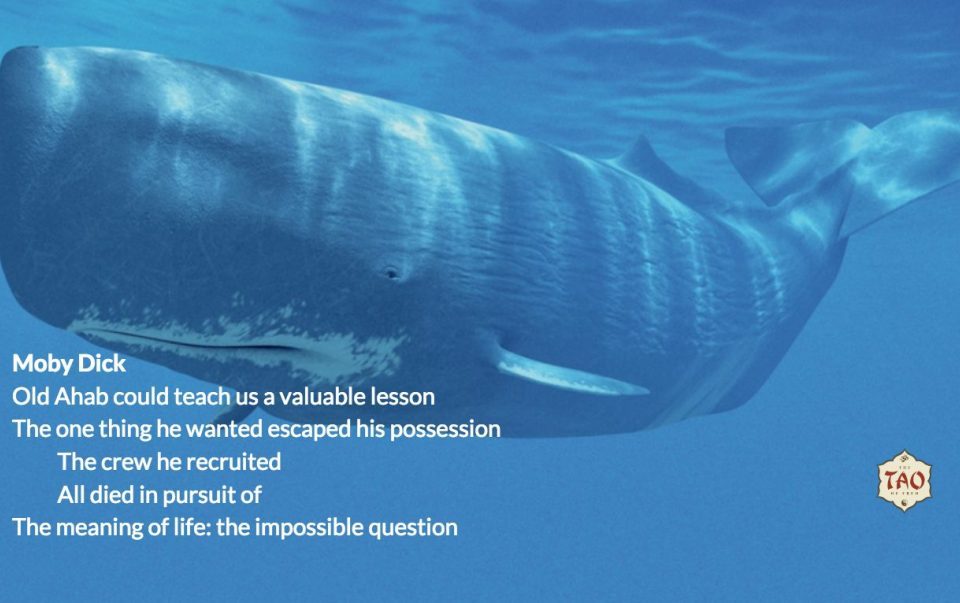
Limericks about the Old Testament
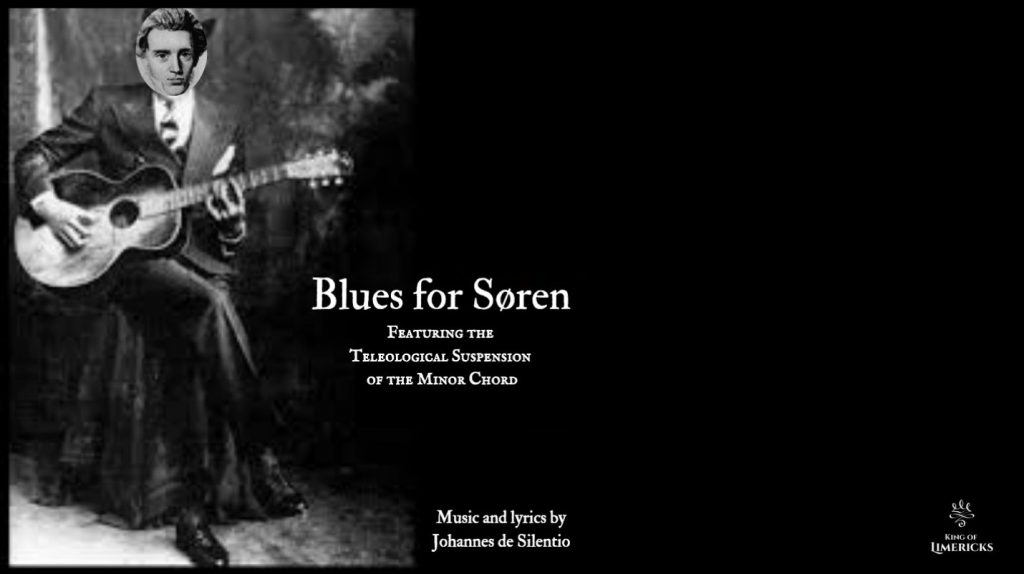
9 Knowledgeable Limericks about Kierkegaard
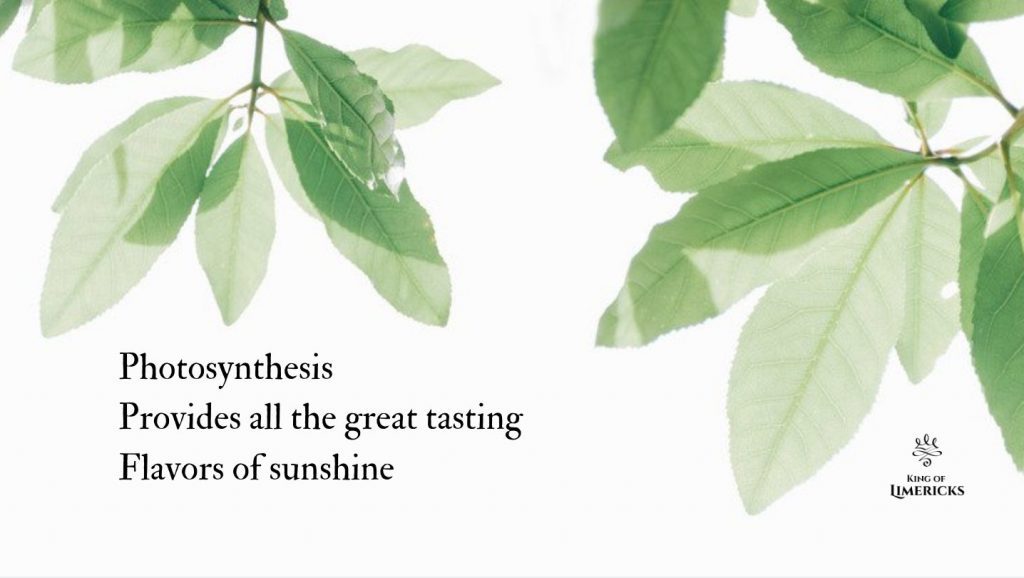
Oftentimes, when people read my limericks, they’ll ask me something like, “How long have you been writing Haiku?” Of course, I’m delighted that they have taken an interest in my poetry, but there’s a pretty big difference between Limericks and Haiku.
Yes, they are both traditional forms of short poetry. But that’s about as far as the similarity goes. In fact, there are some fairly strict rules that make each of these poetic styles pretty easy to define. So let’s take a look at how Limericks and Haiku are similar, and mostly how they are different.
Limerick lineage and Haiku heritage
The history of the Limerick dates back only few hundred years to 18th century England. The appellation comes from the name of an Irish city or county, but the connection between Ireland and Limericks is not perfectly clear.
The Englishman Edward Lear often takes credit for popularizing the Limerick form with his Book of Nonsense from 1846. Although far better limericks have fallen from the pens of Irishmen like James Joyce and George Bernard Shaw.
Circling around to the other side of the globe, we arrive in Japan, the birthplace of Haiku. Matsuo Bashō, who lived from 1644 to 1694, remains the unchallenged master of this type of poetry. Others have modified Haiku over the years, adapting it to many languages, including English. But Haiku remains a distinctly Japanese tradition.
The strict format of Limericks and Haiku
More important than the cultural background of these two kinds of poetry are their precise formats. The Limerick, by every definition, consists of five lines. The first two lines rhyme with the fifth line, and the third and forth lines—which are a bit shorter—rhyme with each other. Traditionally, lines 1, 2 and 5 have nine syllables while lines 3 and 4 have six. But the syllables can vary.
In addition to the syllable count, what’s even more important is the meter. And this is where most amateurs will miss the mark. A proper limerick moves in anapest or with amphibrachs. Essentially, this means an accented syllable followed by two unaccented syllables. But one or two unaccented syllables can also precede the first accented syllable.
And so that’s the long and the short of it. If you’re trying to write a Limerick, it all comes down to rhyme and meter.
Haiku is also short and tightly regulated, but rather than five lines, the Haiku has just three. And the most critical feature is the syllable count. The first line has five syllables, the second has seven, and the third has five. No rhyme or regular meter are expected. Simple and sublime, this is Japanese minimalism at its finest.
In the original form, with Japanese calligraphy, characters are written in vertical rows, running from top to bottom. So the three rows are written side by side, from right to left. English and western alphabet languages adopted the Haiku form and arranged the poetry into three horizontal lines. A Japanese traditionalist might argue that something vital is lost in this process of transliteration, but for the most part, English-language Haiku is pretty well accepted.
Subject matter of Limericks and Haiku
Capturing the letter of the law is easy enough. Five lines of rhyming anapest make a Limerick, and 17 syllables spread out over three lines make a Haiku. But the real challenge, of course, comes in capturing the spirit of the poetry.

Many will say that a Limerick is not really a Limerick without a certain unsavory element. A Limerick that fails to include some obscene double entendre is little more than a nursery rhyme. Puns and surprise endings also typify the Limerick. Other standard poetic devices will crop up as well, such as internal rhyming and alliteration.
In this regard, your foul-mouthed Irishman might disapprove of my limericks. Yes, I’ve written my share of lewd limericks over the years. And yes, they’re a fine way to get a cheap laugh. It doesn’t take an Alexander Pope to scrawl a bit of sexual innuendo. But to me, that’s just an easy gimmick to arouse your lowest common denominator.
I prefer to explore more recherché subject matter, where clever wordplay is far more difficult to achieve. But that’s sort of the point, isn’t it? I’ve hijacked a traditionally low and bawdy form of poetry to address topics of a more spiritual and otherworldly nature. The result is an unlikely union of the sacred and profane. The media is the message, as Marshall McLuhan would say.
The criteria for Haiku is something more difficult to pin down. Usually, Haiku aims to capture a transient moment in nature. But when I find myself writing Haiku, I often end up in the realm of Senryū. Structurally identical to Haiku, Senryū deals less with flowers and streams, and more with human nature, especially its faults and shortcomings.
I enjoy the ephemeral moments of nature as much as anyone, but when I have just 17 syllables to work with, I find the temptation to make a wisecrack somewhat irresistible. Although sometimes I like to blend my genres and crack jokes about the flora and fauna. Or I’ll delve into more esoteric topics, the same way I do with my Limericks, producing something altogether new and different.
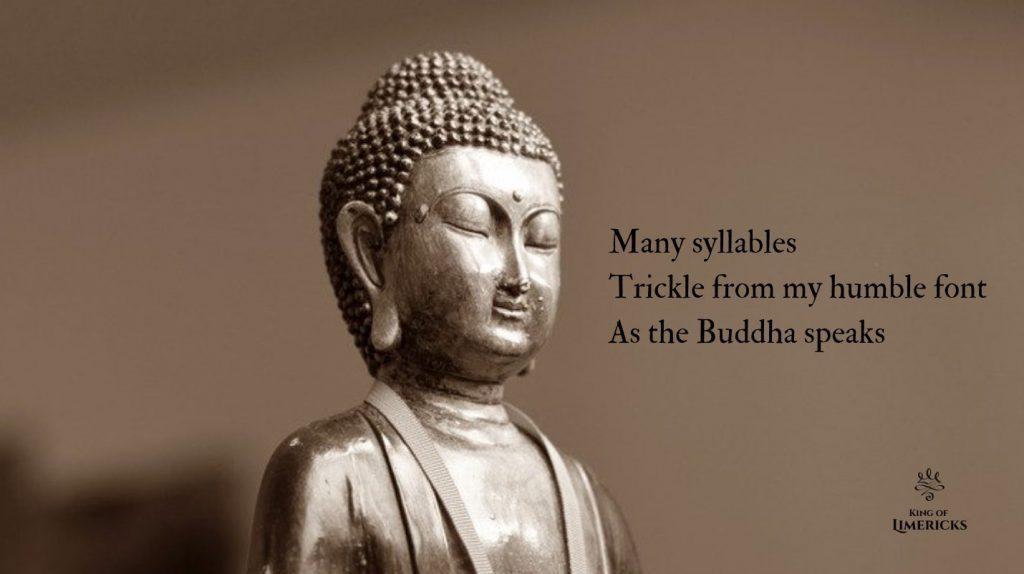
Conclusion
As my high school Vice Principal used to tell me, “You have to know the rules before you can break the rules.” And now that you know the difference between Limericks and Haiku, you can perfect your technique. From there, you are free to paint outside the lines, write your own script, and play by your own rules.
Further Reading
If you enjoyed this exposition on limericks and haiku, you’ll definitely want to view these other collections:
- What is a Limerick?
- 8 Common Questions about Limericks
- Limericks about James Joyce
- Archetypal Dimensions of Kermit the Frog

